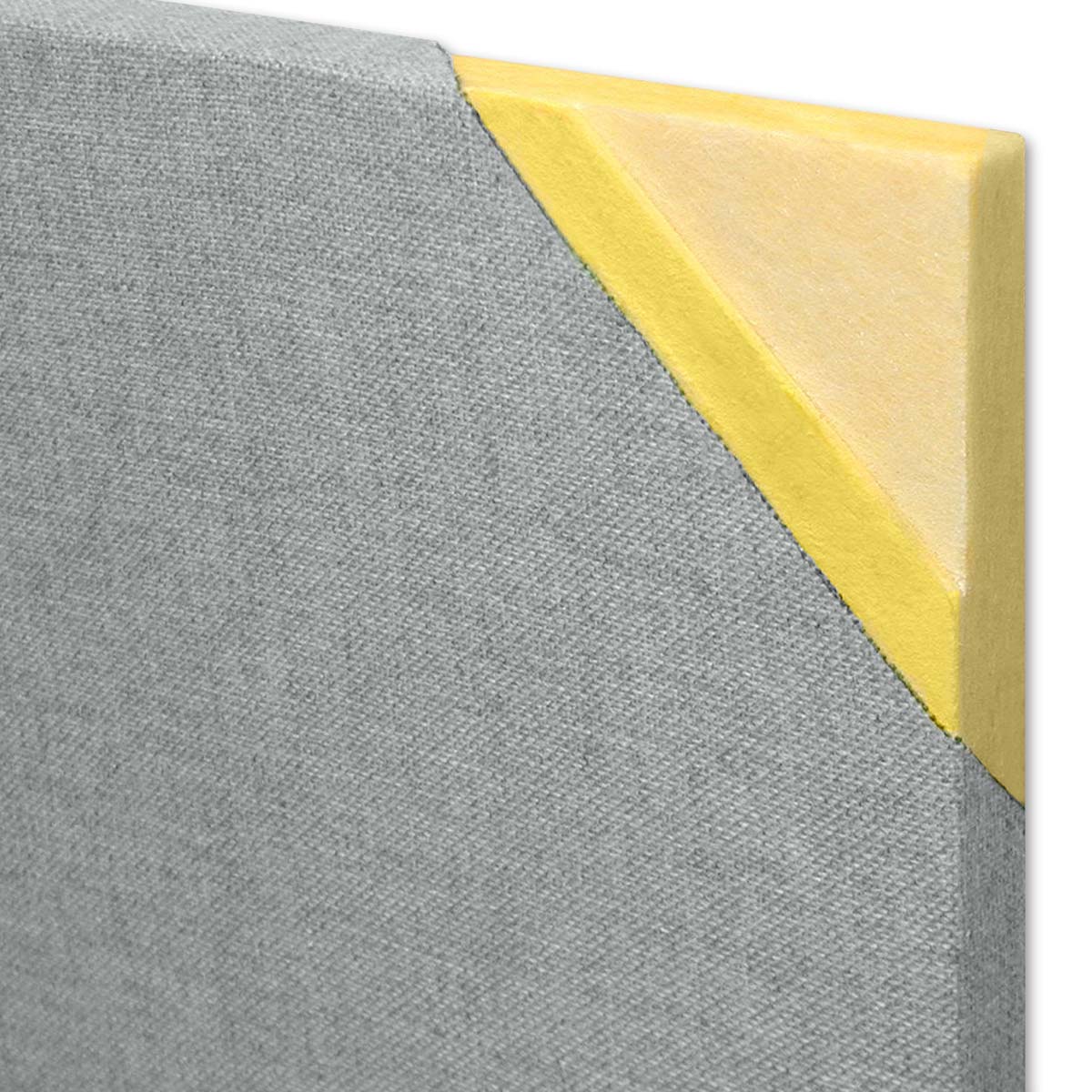Audio Matters: Boost Your Environment with Acoustic Solutions
Audio Matters: Boost Your Environment with Acoustic Solutions
Blog Article
Accomplish Perfect Harmony in Your Home With Effective Soundproofing Methods for Optimal Acoustics
Soundproofing plays a critical duty in attaining optimum acoustics, affecting the way we experience and engage with our living rooms. By comprehending the principles of soundproofing, recognizing resources of noise disruptions, choosing suitable products, and applying proven methods, you can change your home into a refuge of serenity where noise improves instead than interferes with.

Comprehending Soundproofing Basics
What are the basic principles that underlie reliable soundproofing methods? Soundproofing is rooted in the understanding of just how acoustic waves travel and engage with different materials. The secret to effective soundproofing hinges on interfering with or taking in these sound waves to reduce their transmission from one room to one more. This can be achieved with different methods, such as including mass to walls, floors, and ceilings, sealing voids and cracks to protect against audio leak, and utilizing sound-absorbing products like acoustic panels or rugs (acoustic solutions).
Comprehending the principle of audio transmission class (STC) rankings is important in selecting the best materials for soundproofing. The STC rating gauges how well a product can reduce airborne sound transmission with it, with higher STC ratings showing much better soundproofing abilities. Additionally, considering the impact of influence insulation class (IIC) rankings for lowering effect noise, such as steps or furniture moving, can further improve the effectiveness of soundproofing remedies.
Assessing Noise Resources in your house
Structure upon the foundational understanding of soundproofing concepts, a vital action in efficient noise reduction within your home involves determining and examining the numerous resources of undesirable sound. Sound sources can be categorized into two major types: airborne noise, that includes seem like discussions, songs, and television, and influence sound, such as footsteps or products being dropped. To evaluate these sources, take into consideration the different spaces in your home and the activities that commonly happen in each. As an example, the living room might have more air-borne sound from enjoyment systems, while effect noise from steps may be a worry in locations with tough floor covering like hallways or kitchens.
Furthermore, think about outside sources of sound, such as website traffic, next-door neighbors, or neighboring construction, which can additionally influence the acoustics within your home. acoustic solutions. Identifying these resources will certainly aid you focus on areas for soundproofing and choose one of the most efficient remedies. By determining the specific sound resources in your home, you can customize your soundproofing efforts to achieve optimal results and produce a more calm and unified living environment
Selecting the Right Soundproofing Materials
When picking soundproofing products for your home, it is vital to prioritize performance and compatibility with your certain noise worries. Think about aspects such as the sort of sound you are attempting to block, the level of soundproofing needed, and the appearances of the products to guarantee they mix flawlessly into your space.
One typical product for soundproofing is acoustic foam. Another choice is mass-loaded plastic, which is effective in obstructing out low-frequency noises like website traffic or machinery sounds.
Drapes and rugs made from sound-absorbing products are also efficient in moistening sound, particularly in locations with tough surface areas that create sound to jump around. Remember, the trick to effective soundproofing is selecting the right materials that address your details noise concerns while boosting the total convenience and acoustics of your home.
Executing Soundproofing Strategies
To successfully carry out soundproofing techniques in your house, it is important to start by examining the areas that are most susceptible to noise infiltration. Typical sources of noise can include external sounds from web traffic, neighbors, or close-by building, along with inner resources like appliances, pipes, and entertainment look at more info systems. As soon as you have determined these locations, you can begin applying soundproofing remedies tailored to each particular space.

For more significant sound decrease, consider mounting soundproof drywall, double-glazed home windows, visit this page or durable networks to separate vibrations. In addition, repositioning furnishings, including bookshelves, or including sound-absorbing materials can better improve the acoustics of a room. By tactically implementing these soundproofing methods, you can develop a quieter and even more relaxed living environment in your home.
Preserving and Improving Acoustic Setting
After applying soundproofing techniques to address noise infiltration in your home, the focus learn the facts here now moves in the direction of keeping and boosting the acoustic environment to make certain a continually tranquil living space. To preserve optimal acoustics, frequently check soundproofing materials for damage, ensuring they continue to be reliable in blocking unwanted noise. Keep windows and doors appropriately sealed to stop sound leak and consider adding weather condition removing or door sweeps for additional soundproofing.
Improving the acoustic environment can entail strategic placement of furniture, carpets, and drapes to moisten audio reflections and mirrors. Making use of sound-absorbing materials such as acoustic panels or foam can better improve the general sound quality in your house. acoustic solutions. Additionally, incorporating soft home furnishings like cushions and coverings can help in reducing noise reverberation, developing a much more pleasant auditory experience
Additionally, spending in sound-absorbing decoration aspects like shelfs, tapestries, or plants can add to a balanced acoustic setting. Routinely decluttering your space can also stop audio waves from bouncing off surface areas, eventually enhancing the general acoustics of your home. By constantly maintaining and boosting your acoustic setting, you can produce an unified and serene space for yourself and your family.
Conclusion
Finally, attaining best harmony in your house with effective soundproofing techniques is vital for optimal acoustics. By understanding soundproofing basics, assessing sound sources, picking the best products, implementing methods, and keeping the acoustic environment, you can develop a relaxed and delightful space without unwanted sound disruptions. Prioritizing soundproofing efforts can substantially improve the general top quality of life in your home.
Report this page